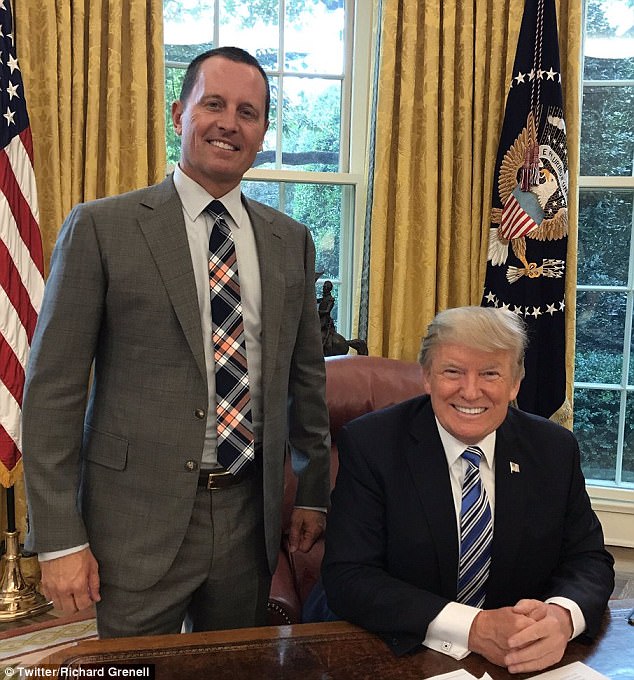The problems arise due to processing, manufacturing and more importantly binding legal contracts and liabilities within the supply-chain.
publicpool.kinja.com/subject-presid…
Because beef is a “graded” commodity, there are contracts for purchase within the supply chain. USDA Prime, USDA Choice and USDA Select are three well known grades of beef.
Additionally, the commercial side breaks down into ‘food-away-from-home’ (ie. restaurants), and food for additional manufacturing.
The restaurant/commercial lane is closed and contracted purchasers don't need the product.
Their commercial lane is open and busy.
Much of that type of industrial beef, pork and chicken goes into bulk frozen storage warehouses.
Any modification could mean reduced capacity; and that in turn could mean a shortage.
That multinational part gets a little tricky…
Cattlemen selling Prime and Choice beef... going into ¹tube meats for grinds? Yes; it’s possible.
Fancy Angus beef in dog food? Yes, seems bizarre, but it’s possible.
publicpool.kinja.com/subject-presid…



















